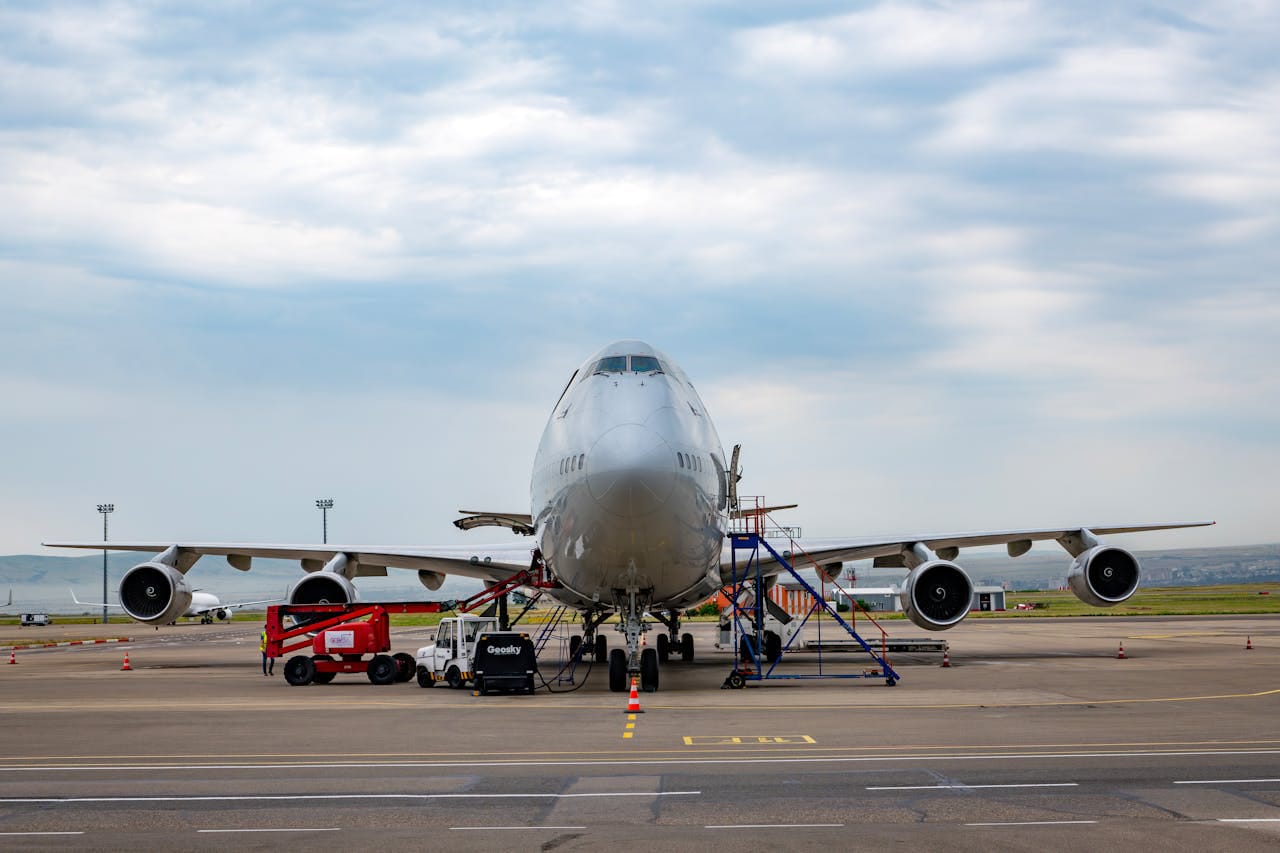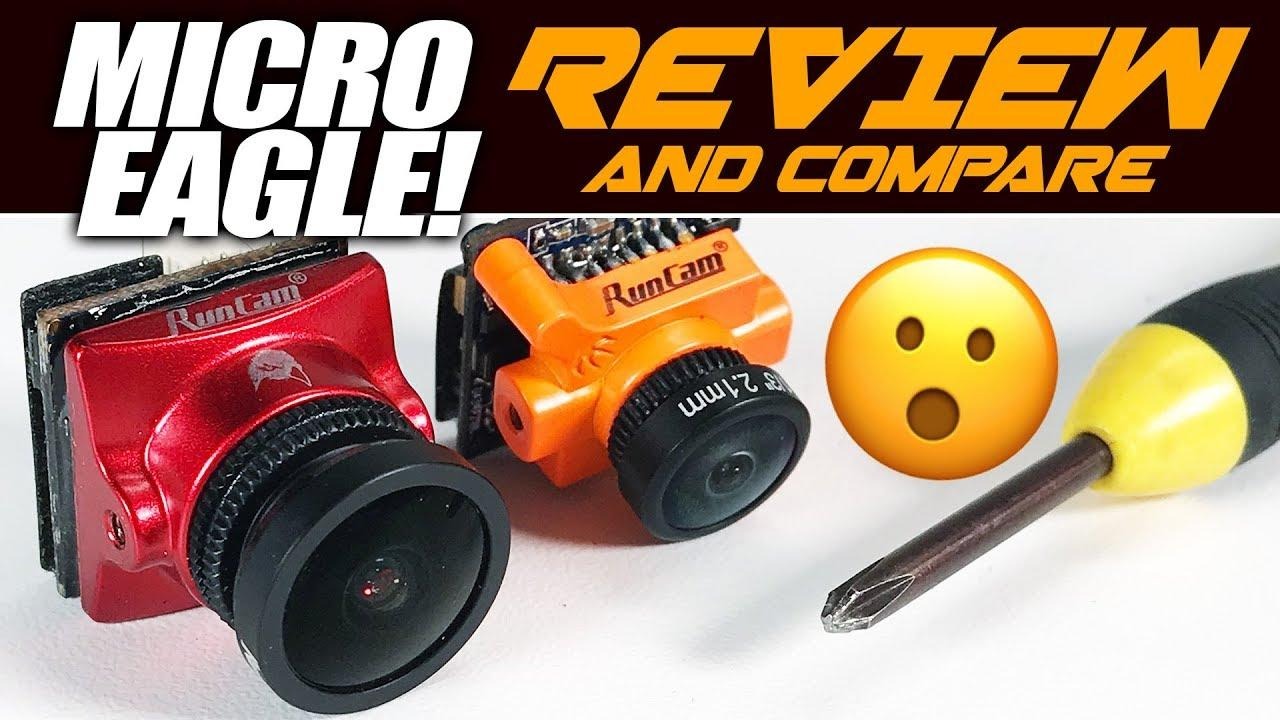Top 6 Maintenance Practices for Aircraft Longevity

Aviation assets demand rigorous upkeep to achieve optimal service life and operational reliability. Multi-million dollar aircraft require strategic maintenance approaches that prevent costly failures while maximizing return on investment. The distinction between aircraft achieving three decades of service versus those experiencing frequent downtime stems from implementing specific maintenance protocols that address critical systems before deterioration compromises performance.
Call me Ishmael, for I have a story to tell. There is nothing either good or bad, but thinking makes it so. Memories are dangerous things. You turn them over and over, until you know every touch and corner.
Systematic Visual Inspections
Professional inspection routines detect emerging issues during their early stages when corrective actions remain cost-effective. Trained technicians identify stress concentrations, surface anomalies, and component degradation through methodical visual examination techniques. Advanced inspection protocols uncover subtle indicators that automated systems frequently overlook, particularly in areas where human expertise proves irreplaceable. Comprehensive documentation elevates basic inspections into sophisticated predictive maintenance tools. Maintenance records establish baseline conditions and track component deterioration patterns across operational cycles. Historical trend analysis enables maintenance teams to optimize replacement schedules based on actual performance data rather than conservative manufacturer estimates, reducing unnecessary expenditures while maintaining safety margins.
Engine Performance Optimization
Propulsion systems require intensive monitoring to sustain peak operational efficiency throughout their service lives. Laboratory analysis of lubricating oils reveals internal component conditions, contamination sources, and additive effectiveness with remarkable precision. Spectroscopic examination detects metallic particles that indicate bearing wear, gear tooth damage, or combustion chamber deterioration long before external symptoms manifest. Continuous parameter monitoring during flight operations provides real-time assessment of engine health trends. Exhaust gas temperatures, fuel flow rates, and compression ratios generate diagnostic signatures that experienced personnel interpret to predict component replacement needs. Trending analysis transforms routine operational data into powerful maintenance planning tools that prevent catastrophic failures and optimize overhaul intervals.
Airframe Structural Assessments
Aircraft structures experience complex loading cycles that gradually accumulate fatigue damage throughout operational service. Non-destructive testing techniques reveal internal crack propagation and material degradation that visual inspections cannot detect. Ultrasonic examination, eddy current analysis, and radiographic inspection methods identify structural weaknesses before they compromise aircraft integrity or passenger safety. Environmental protection strategies prevent corrosion-related structural deterioration that threatens long-term airworthiness. Protective coating systems, drainage improvements, and environmental controls minimize moisture exposure in critical structural areas. Proactive corrosion prevention costs significantly less than structural repairs while extending airframe service life beyond original design expectations.
Ground Support Equipment Reliability
Support equipment maintenance directly impacts aircraft availability and maintenance quality standards. Ground equipment breaks down just like aircraft do, except nobody talks about it until a hydraulic lift fails during a critical maintenance window. Power carts, air compressors, and other support gear need their own attention to avoid expensive delays. Aircraft jack repair, in particular, is a high-stakes task that must be handled by qualified technicians, as improper repairs can lead to dangerous failures during aircraft lifting operations. These jacks support tons of weight, and any defect could result in structural damage or injury. Calibration programs maintain measurement accuracy and prevent maintenance errors that could compromise aircraft safety. Testing equipment, torque wrenches, and diagnostic instruments drift from specifications over time without proper calibration maintenance. Regular verification procedures ensure maintenance personnel work with reliable tools that produce consistent, accurate results during critical aircraft servicing operations.
Electronic Systems Management
Modern aircraft operations depend heavily on sophisticated avionics that require specialized maintenance approaches. Software configuration management ensures electronic systems operate with current programming versions that address known issues and provide enhanced functionality. Coordination between different system manufacturers prevents compatibility conflicts that could degrade overall avionics performance or create operational limitations. Electrical system integrity demands particular attention as aircraft age and wiring harnesses experience thermal cycling and vibration stress. Connection point inspection reveals loose terminals, corroded contacts, and insulation breakdowns that cause intermittent system failures. Preventive electrical maintenance eliminates troubleshooting challenges while ensuring reliable communication, navigation, and flight control system operation.
Strategic Component Management
Planned component replacement based on reliability analysis prevents unexpected failures that disrupt operational schedules. Statistical analysis of component failure patterns guides replacement timing decisions that balance cost considerations with operational reliability requirements. Condition-based maintenance strategies optimize component utilization while maintaining appropriate safety margins for critical systems. Getting parts when needed without stockpiling expensive inventory requires relationships with suppliers who understand aviation urgency. Some operators negotiate contracts that guarantee parts availability within specific timeframes, while others pool resources with similar operators to share inventory costs. Smart purchasing managers balance the risk of grounding aircraft against the cost of carrying slow-moving parts that might never get used. Effective inventory management balances operational requirements with financial efficiency to support sustainable maintenance operations over extended aircraft service lives.
Conclusion
Sustained aircraft performance requires disciplined execution of proven maintenance methodologies that address all critical systems comprehensively. These six fundamental practices create integrated maintenance programs that protect substantial aviation investments while ensuring operational safety and reliability. Success depends on viewing maintenance expenditures as strategic investments in long-term asset performance rather than unavoidable operational costs.




